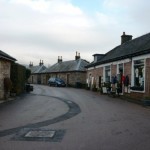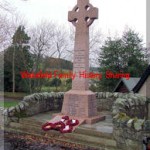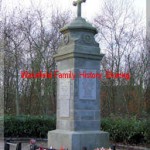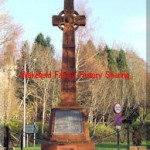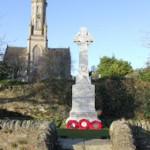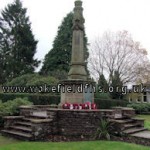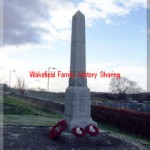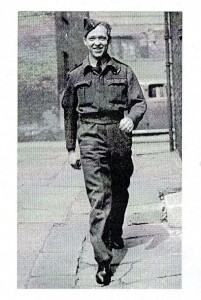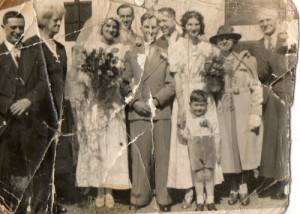The village of Luss is known to many of us as it was featured in the 1980’s TV Soap ‘Take the High Road’.
Luss, in early records was known as Clachan Dubh, the dark village due to its mountain setting. Many of the village cottages were originally built to house workers in the cotton mill and slate quarries of the 18th and 19th centuries. The homes have now been fully restored and Luss is now a designated Conservation Village.
I am pleased to say that Luss is now by-passed by the A82 making the village a very nice place on the banks of Loch Lomond.
The War Memorial on School Road is set upon three tiers of stone with a simple cross bearing a sword, surrounded by a low dry stone wall.
Some of the names set in stone are :- Ludvic Colquhoun ; James Colquhoun ; Archibald McBeth and Robert T Hamilton to name just a few.
To see Luss War Memorial click here
